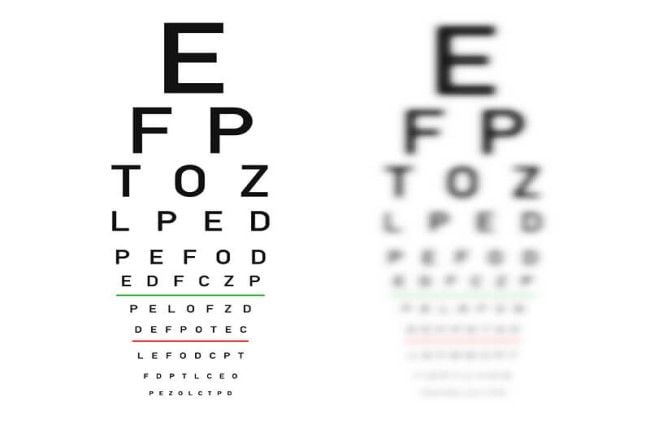WHAT IS 20/20 VISION?
)
Have you ever wondered why we refer to a person as having 20/20 vision?
When you go to an optometrist, the first thing you usually see is one of those charts on the wall with a big ‘E’ at the top. These charts are called Snellen Eye Charts. They’re named after the Dutch ophthalmologist Herman Snellen, who developed them in 1862 to measure visual acuity.
With these charts, Snellen set a standard for measuring visual acuity that is still in place today all over the world. Globally, almost everyone uses the Snellen chart to check visual acuity.
Measurements of visual acuity are known as Snellen fractions. The first number – 20 – refers to the distance between the patient and the chart in feet. The second number refers to a line of text on the eye chart. The big letter ‘E’ at the top of the chart designates 20/200 visual acuity.
The phrase 20/20 vision is still used colloquially by most Australians, even eye doctors, even though Australia uses the metric system (20 feet equals six metres). Visual acuity is officially recorded as 6/6 in most countries throughout the world.
A common misunderstanding is that 20/20 vision means perfect vision. Actually, it only means that a person has visual acuity within the normal range.
If you have 20/20 vision, you can read a letter from 20 feet away that average people can also read from 20 feet away. If you have 20/200 vision, you can read a letter from 20 feet away that the average person can read from 200 feet away – which would mean you have very poor visual acuity.
A person with a visual acuity score between 20/70 and 20/400 has low vision, while visual acuity worse than 20/400 would be considered legally blind.
Better than ‘20/20?’Basically, the further you can read down the Snellen chart, the better your visual acuity. If you can read to line 8 on the Snellen chart (‘D E F P O T E C’), you have 20/20 vision. If you can read the line below that, you have 20/15 visual acuity, which is superior.
It is generally accepted that 20/10 vision is as high as you can go in visual acuity in humans — that occurs in less than 1% of the population (comparatively, eagles and other birds of prey are thought to have 20/5 vision).
There is more to vision than acuity. Most people are surprised to learn that visual acuity is one aspect of a wide range of skills and abilities that can affect the quality of your vision and your eye health.
Visual acuity is only one of the tests performed by optometrists during a comprehensive eye exam. They also test for:
- Peripheral awareness
- Eye coordination
- Tracking
- Depth perception
- Ability to focus
- Colour vision
Beyond 20/20Too many people assume that they don’t need an eye exam because they believe they have 20/20 vision. However, visual acuity is only a part of overall eye health.
Among the most dangerous misconceptions that people have is that when there is something wrong with your eye health, you will immediately discover poor vision symptoms. Unfortunately, this isn’t the case. Regular eye examinations are essential for your to be able to detect degenerative eye diseases such as glaucoma, macular degeneration, and diabetic retinopathy in the early stages.
The best thing you can do for the well-being of your eyes, regardless of your visual acuity, is to book a regular eye exam with your local optometrist — especially if you are over 40, have diabetes or have a family history of glaucoma or cataracts.
| Tags:Scenic Rim OptometristEyecareChildren's Eyecare |


